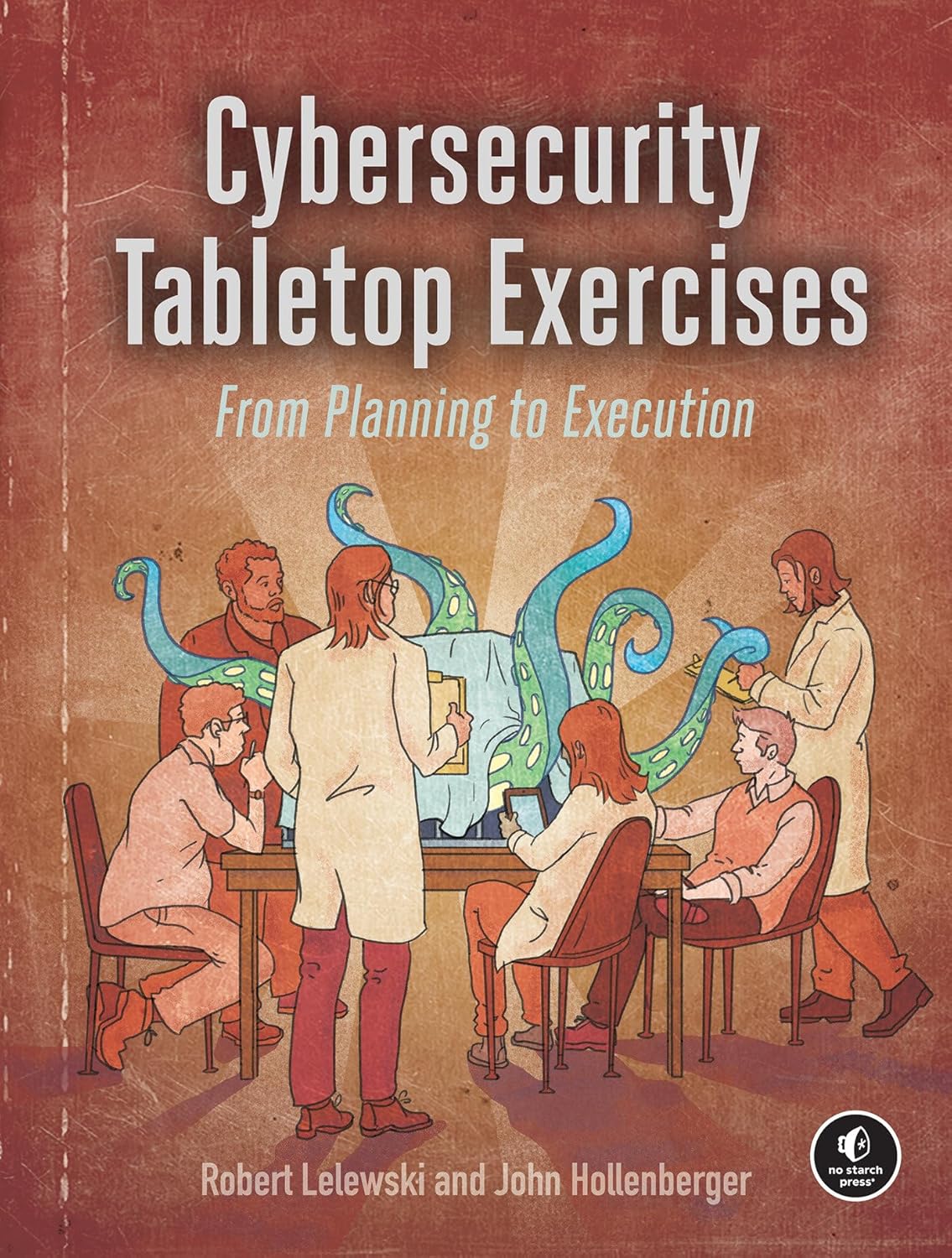In today’s digital age, data centers play a crucial role in ensuring the smooth operation of businesses and organizations. These facilities house a vast amount of critical data and information that are essential for daily operations. However, despite the best efforts to safeguard against disasters, unforeseen events can still occur, leading to potential data loss and downtime.
This is where data center disaster recovery comes into play. A well-thought-out and comprehensive disaster recovery plan can help organizations minimize the impact of a disaster and ensure business continuity. From planning to execution, here is a step-by-step guide to data center disaster recovery.
1. Identify potential risks: The first step in creating a disaster recovery plan is to identify potential risks that could impact the data center. This could include natural disasters such as hurricanes, earthquakes, or floods, as well as human-made threats like cyber-attacks, power outages, or equipment failures.
2. Conduct a risk assessment: Once potential risks have been identified, it is important to conduct a thorough risk assessment to determine the likelihood and impact of each risk. This will help prioritize which risks need to be addressed first and allocate resources accordingly.
3. Develop a disaster recovery plan: Based on the results of the risk assessment, develop a comprehensive disaster recovery plan that outlines the steps to be taken in the event of a disaster. This plan should include detailed procedures for data backup and recovery, communication protocols, and roles and responsibilities of key personnel.
4. Test the plan: Once the disaster recovery plan has been developed, it is crucial to test it regularly to ensure its effectiveness. This could involve simulating different disaster scenarios and assessing the response of the team and the effectiveness of the plan.
5. Implement a backup and recovery solution: Data backup and recovery are essential components of any disaster recovery plan. Implement a robust backup solution that regularly backs up critical data and ensures quick recovery in the event of a disaster.
6. Monitor and update the plan: Disaster recovery is an ongoing process, and it is important to monitor the effectiveness of the plan regularly and make updates as needed. This could involve incorporating new technologies, updating contact information, or revising procedures based on lessons learned from testing.
7. Execute the plan: In the event of a disaster, it is crucial to execute the disaster recovery plan promptly and efficiently. This may involve activating backup systems, restoring data, and communicating with key stakeholders to ensure business continuity.
By following these steps, organizations can ensure that their data center disaster recovery plan is comprehensive and effective in mitigating the impact of potential disasters. Planning and preparation are key to minimizing downtime and ensuring business continuity in the face of unforeseen events.






